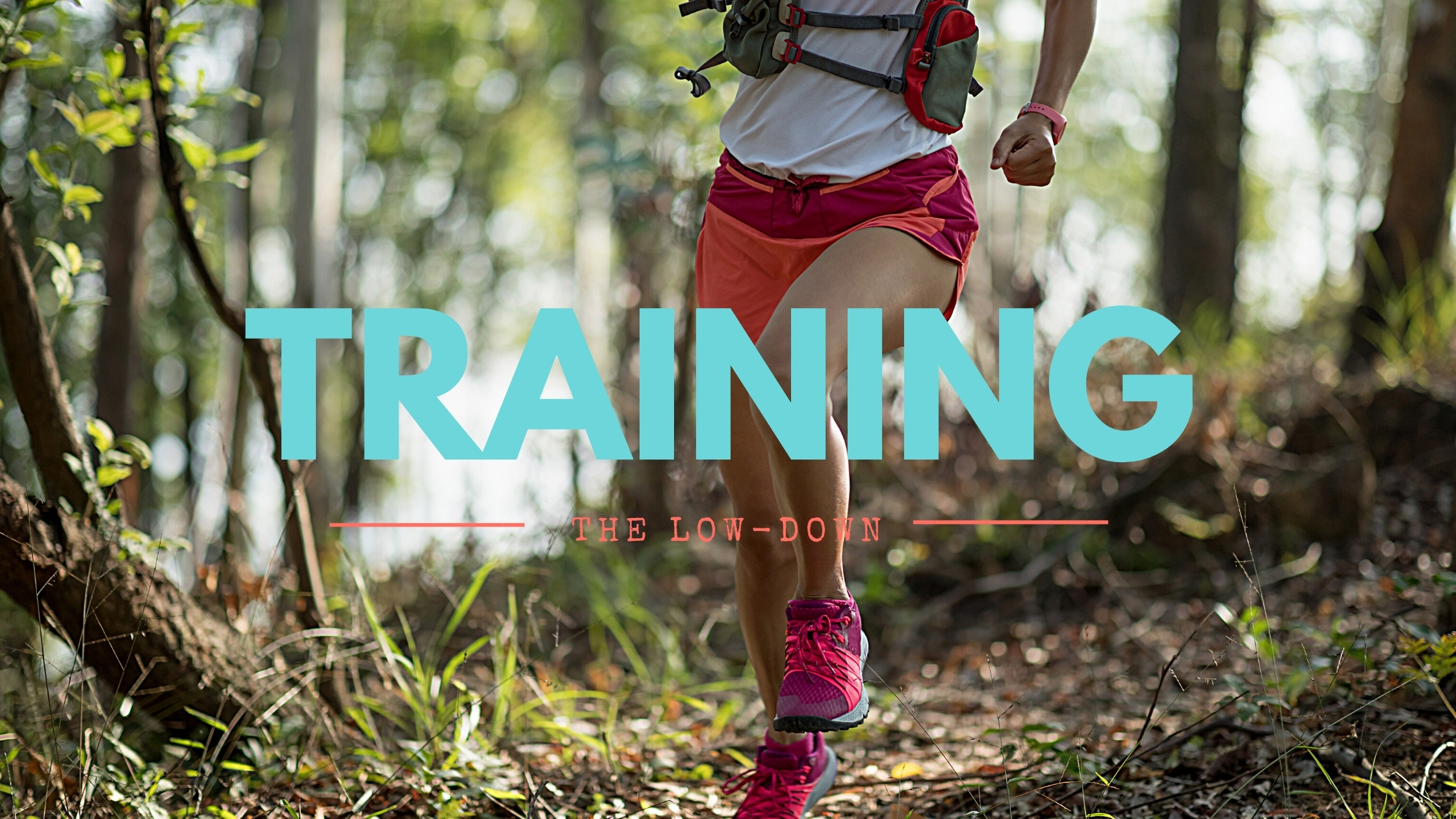How to Get in Shape for Hiking & Trail Running: Beginner's Edition
Posted by Katharine Moustakes for Alpinistas on Apr 01, 2022
Are you giving Type-2 Fun a whirl? We love to hear that.
Developing new hobbies, such as hiking and trail running, come with many joys: the fresh air, the spectacular views, and the amazing gal pals you meet along the way.
But there's one thing that can level up your trail enjoyment even more!
Strength training.
Maybe you're familiar with it, maybe it's new to you, but adding in 2-3 days of strength training per week can significantly increase your strength and endurance on the trails, as well as decrease your risk of injury.
Raise your hand if you’ve ever felt like you’re flailing down the mountain? (We’ve all been there.) Strength training helps you feel more stable and controlled in your footings, stronger while carrying your pack, and confident in hiking and trail running for a longer period of time.
When developing a strength program, you'll want to consider your fitness level and perhaps work with a personal trainer, especially at the start.
A well-rounded strength program for hikers and trail runners will include exercises in the following categories:
- Squat
- Hinge
- Push
- Pull
- Core
You might be thinking, "uh, ya lost me at hinge".
Not to worry, we'll go through exercises within each category.
Squats
Basically any exercise that is knee dominant, or where the knee joint is the initiator. The squat category mimics the action of hiking and trail running the most. Exercises could include: squats, lunges, Bulgarian split squats, and step-ups. You’ll want to include lateral (side-to-side) exercises, too, such as lateral lunges and side step-ups.
Hinge
This category includes hip dominant exercises like deadlifts, hip thrusts, RDLs, single-leg deadlifts, and good mornings. Hinging is important to have strong hamstrings and glutes. Your quads, hamstrings, and glutes work together to stabilize your knees. No one wants a knee injury, amiright?
Push
Yup, you've got it -- anything that we push either up over head or in front of us. This includes exercises like push-ups, bench press, overhead press, and push press. You might be thinking, “why do I need to work my upper body if hiking and trail running primarily requires my legs?” Valid question. You will still want a strong upper body to encourage proper and efficient body mechanics.
Pull
This includes exercises where we pull either vertically or horizontally such as rows, pull-ups, and lat pull downs. Pull movements help you build a strong back to support your pack weight, as well as maintain or improve your posture while hiking and trail running.
Core
All exercises are technically core exercises if they’re done properly ;), but including core specific exercises like plank variations, dead bugs, and wood chops are beneficial, too. When choosing core exercises, think about including an exercise in the plank position (prone), on your back (supine), and one that engages your obliques (moving side-to-side).
An example workout could look like:
1A. Barbell Deadlift 4 x 6
2A. Barbell Rows 3 x 8
2B. Dumbbell Reverse Lunge 3 x 20 (10/side)
3A. Push-Ups 3 x 8
3B. Dumbbell Single-Leg Deadlifts 3 x 16 (8/side)
4A. Plank 3 x 45 sec
4B. Dead Bug 3 x 20 (10/side)
A simple and effective workout could have 5-8 exercises. More isn’t always more when it comes to strength training.
And remember, always warm-up first!
Upgrade your training gear. Shop workout here. Shop trail run here.
_____________________________________________________________________________________
ABOUT THE AUTHOR:
Katharine Moustakes is a Certified Personal Trainer from Denver, CO. She was a non-athlete turned lifter, hiker, and runner. Katharine's on a mission to educate weekend warriors how to gain strength and stability for outdoor adventures. She believes everyone should feel strong and confident in their abilities, whether it's hiking in the depths of the mountains, running on a wide open trail, or carrying groceries into your home (we're team #OneTrip 'round here).
www.kath-letics.com
